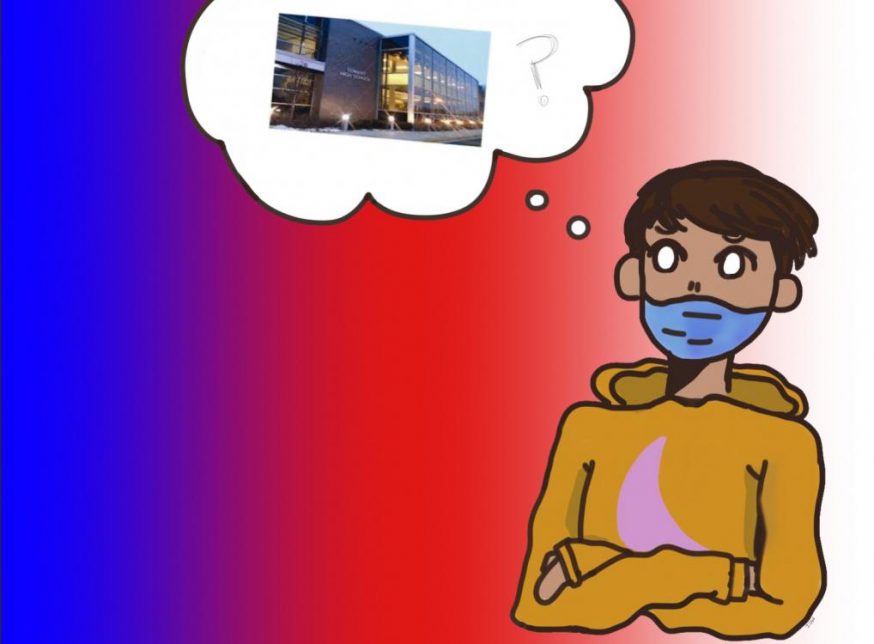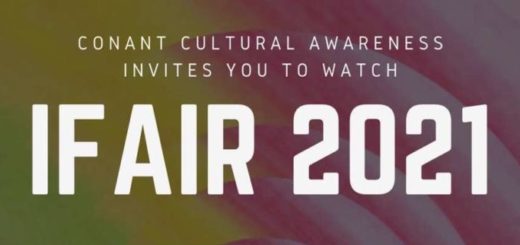Why going back to in-person learning is a bad idea
 Amelia Pineda
Amelia Pineda On Saturday, September 25, a group of about 50 students and parents were on a mission. Gathered at Schaumburg Town Square, they rallied for all District 54 and District 211 students to go back to in-person school, claiming that virtual learning damages students’ mental health.
Well, they’re wrong.
Despite the fact that we’ve already begun the transition back to a new normal, it is not time for us all to start packing our bags and heading back full-time just yet.
On October 26, District 211 started sending students back to school in a hybrid model as Illinois implemented Tier I restrictions on Wednesday, October 28, which is the last and least restrictive set of mitigations set by the State of Illinois. Students are divided into two groups to limit the number of people in the building and maintain a 6-feet distance, as required by the Illinois Department of Public Health school safety guidance.
Despite this being the best plan possible in this situation, it is not yet time to go back.
As of November 2, Illinois had the fourth highest amount of total COVID-19 cases out of all 50 states, according to the Center for Disease Control and Prevention. COVID-19 can easily spread in small, crowded places, such as hallways and classrooms. Social distancing guidelines will be in place, but it will be difficult to maintain them in small classrooms.
At this point in time, if we go back to school in any sort of model, it is possible a student or faculty member will contract the virus. We shouldn’t endanger anyone’s safety just to go back to school. Even if someone contracts the virus, they could be asymptomatic and unknowingly bring it home to a vulnerable or immunocompromised relative, who are at higher risk for severe symptoms. The risk is too high.
With all these risks, is it even worth going back? It will be a struggle for teachers to teach in-person and remote students at the same time. Neither group will receive a quality education because teachers won’t be able to give large amounts of attention to both groups.
Instead, valuable class time will be wasted catching up both groups and dealing with technical difficulties. Communicating to both groups of students will be difficult. For example, teachers will have to make sure that both groups can view a video and that everyone can participate in a class discussion. An environment like this isn’t best for anybody’s education or profession.
Despite what many believe, in-person learning won’t help our mental health. We won’t be able to speak to our friends in a close face to face setting because it’s against social distancing regulations. It is hard to say whatever you want to your best friend when you’re six feet apart. There will be no more real cafeteria conversations with all of your friends huddled together, no more catching up in the hallway, and no more gossip sessions in gym.
We’ve been lacking real human connection since March, but school is not the place to socialize. If it is really necessary to see your friends, do it safely outside of school, but avoid it if you can.
For now, District 211 is sending students back to school, with all safety precautions in place. However, overall the risks outweigh the benefits of going back to school in any sort of way. There is too much of a health risk and too little social and educational benefits to go back to school. One day, we’ll reach a point where we can all safely return, but today is not that day.




I think that it is good that school is reopening. It’s key to know the risks but it is also necessary to see that if schools don’t open, not everyone can attend school virtually due to technology issues and individual conflicts at home. Schools shouldn’t close schools completely just because a couple cases out of more than thousand get COVID-19… especially if both options are available, virtual and hybrid learning.